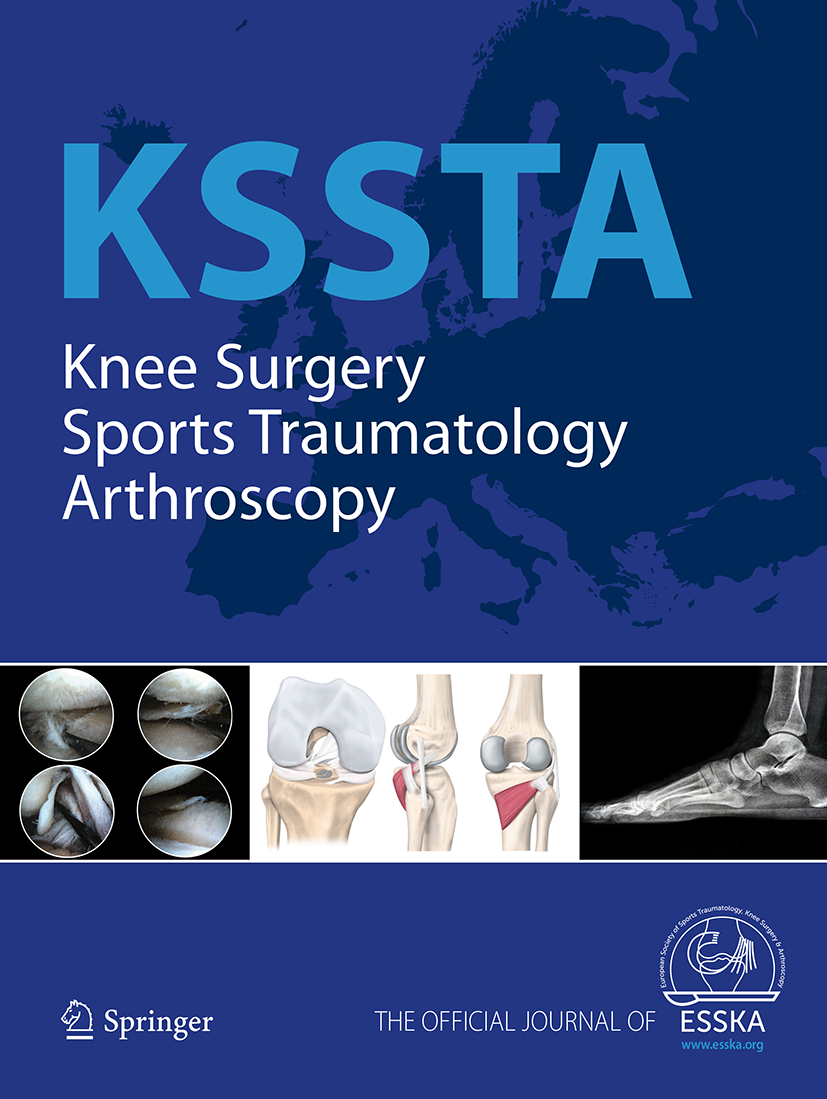
Open Reduction vs Arthroscopic Reduction & Internal Fixation for Tibial-Side PCL Avulsion Fractures

Open Reduction vs Arthroscopic Reduction & Internal Fixation for Tibial-Side PCL Avulsion Fractures
Arthroscopic reduction and internal fixation (ARIF) versus open reduction internal fixation (ORIF) to elucidate the difference for v: a randomized controlled trail (RCT).
Knee Surg Sports Traumatol Arthrosc. 2021 Apr;29(4): 1251-1257.Did you know you're eligible to earn 0.5 CME credits for reading this report? Click Here
Synopsis
Forty patients with displaced tibial-sided posterior cruciate ligament (PCL) avulsion fractures were randomized to undergo arthroscopic reduction and internal fixation (ARIF) by arthroscopic double-tunnel suture fixation (n=20) or an open reduction and internal fixation (ORIF) via cancellous screw fixation (n=20). Outcomes of interest included functional capacity, cost of surgery, length of surger...
To view the full content, login to your account,
or start your 30-day FREE Trial today.
FREE TRIAL
LOGIN
Forgot Password?
Explore some of our unlocked ACE Reports below!

Learn about our AI Driven
High Impact Search Feature
Our AI driven High Impact metric calculates the impact an article will have by considering both the publishing journal and the content of the article itself. Built using the latest advances in natural language processing, OE High Impact predicts an article’s future number of citations better than impact factor alone.
Continue



 LOGIN
LOGIN

Join the Conversation
Please Login or Join to leave comments.